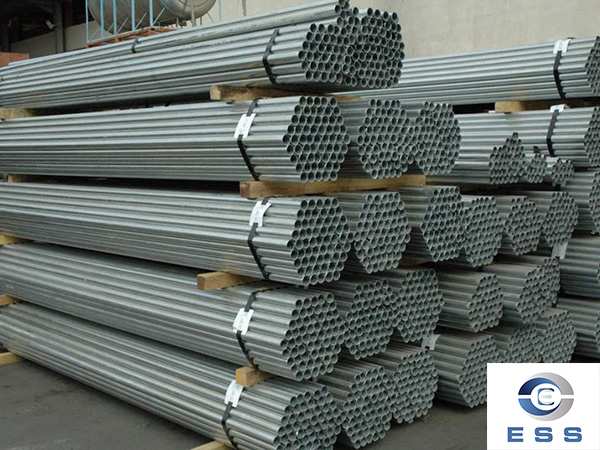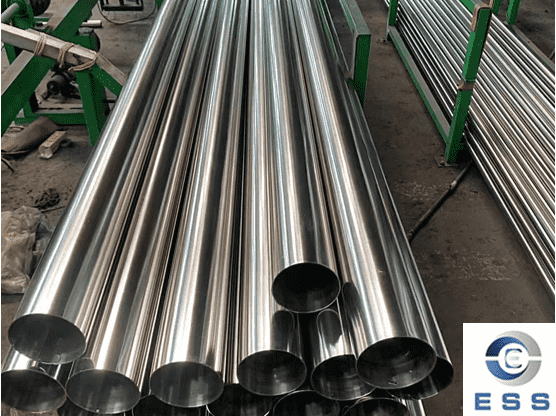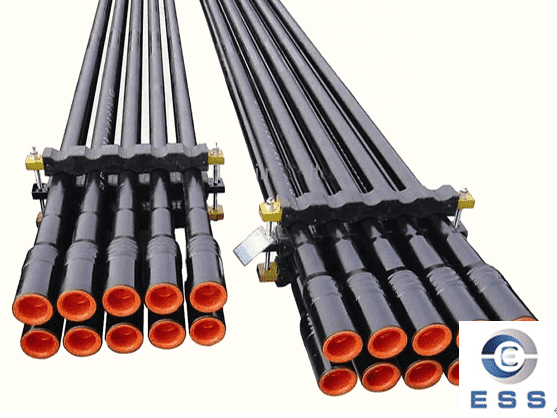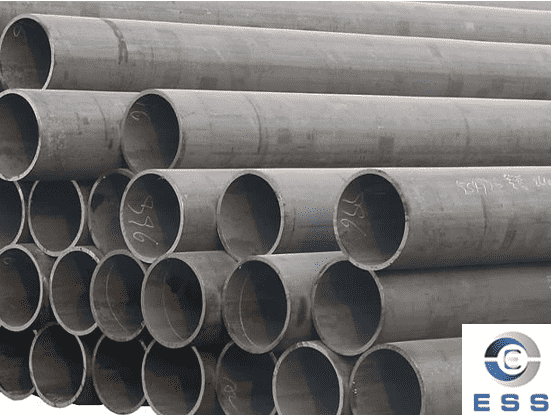Effect of water pressure on
seamless pipes

The influence of water pressure on seamless pipes
The main factors for seamless steel pipes to withstand water pressure
In the process of conveying water, seamless steel pipes will definitely be subject to a certain amount of water pressure. The magnitude of this water pressure will be affected by many factors, as described below:
1. The water pressure strength is directly proportional to the pipe diameter. In other words, the water pressure of the pipe will increase as its size increases.
2. The wall thickness of the pipe is also an important factor affecting the water pressure. Generally speaking, the thicker the wall, the stronger the bearing capacity of the pipe and the greater the pressure it can withstand.
3. The material is also an important factor affecting the water pressure bearing capacity of seamless steel pipes. Pipes of different materials have different hardness and strength, so their bearing capacity will also be different.
4. The construction process and quality of the pipeline will also affect its bearing capacity. Such as quality, smoothness of the pipe surface and other factors.
How to calculate the water pressure bearing capacity of seamless steel pipes
A. Seamless pipe water pressure formula
Seamless pipes are widely used in water conservancy projects, energy projects, chemical industry and petroleum. In practical applications, the calculation of pressure is very important. The water pressure formula of seamless pipe mainly involves the following factors:
1. Pipe inner diameter: D
2. Pipe thickness: t
3. Fluid density: ρ
4. Fluid dynamic viscosity: μ
5. Fluid flow rate: V
Without loss of generality, it is assumed that the fluid is incompressible, the flow velocity is equivalent, and the pipe will not undergo plastic deformation after long-term use. According to fluid dynamics theory, the following water pressure formula for seamless pipes can be obtained:
P=2t×σt/D+4μV/D+ρgH
Where P represents the pressure in the pipe, σt represents the axial stress of the pipe, H represents the height difference of the fluid in the pipe, and g represents the acceleration of gravity.
B. Analysis of seamless pipe bearing capacity
In practical applications, seamless pipes also need to bear additional loads, such as gravity loads, wind loads, seismic loads, etc. Under these loads, the bearing capacity of seamless pipes will change to a certain extent, which needs to be analyzed.
1. Calculation of the bending resistance of seamless pipes: When seamless pipes are subjected to tension and bending, stress changes will occur. Therefore, it is necessary to obtain the bending resistance of seamless pipes through certain calculations to ensure their normal operation in hydraulic systems.
2. Consider the reversing bending ability of seamless pipes: In practical applications, seamless pipes cannot remain in a straight line, and there are usually some changes in demand, such as reversing bending, oblique bending, etc. Therefore, when considering the bearing capacity of seamless pipes, it is also necessary to consider their ability under the action of reversing bending.
C. Calculation of safety factor of seamless pipes
The safety factor is a key factor that needs to be paid attention to when seamless pipes are used in hydraulic systems. Generally, the safety factor refers to the ratio between the breaking strength of seamless pipes and their limit load, which is an important indicator for measuring the safety and reliability of seamless pipes.
In practical applications, the safety factor usually needs to be considered in the following aspects:
1. A comprehensive analysis is required for the environmental conditions of seamless pipes, such as temperature, humidity, oxygen content, etc., to determine the corresponding safety factor.
2. According to the quality inspection of seamless pipes, including the material and manufacturing process of seamless pipes, corresponding safety factor adjustments need to be made.
3. According to the application scenarios of seamless pipes, such as the pressure and temperature used, corresponding safety factor calculations are also required.
Studying the above three aspects can effectively improve the safety and reliability of seamless pipes in hydraulic systems.
How to deal with excessive water pressure on seamless steel pipes
When the water pressure on seamless steel pipes exceeds its design limit, measures need to be taken to deal with it. Specific methods include the following:
1. Strengthen pipeline support. By increasing the number and firmness of pipeline support points, the bearing capacity of the pipeline can be enhanced.
2. Replace stronger pipes. Choosing stronger pipes can better withstand water pressure and improve the safety of pipelines.
3. Increase pipe wall thickness. For installed pipes, their bearing capacity can be increased by increasing their wall thickness.
Summary
Seamless steel pipe is a commonly used water transport pipe. Its ability to withstand water pressure needs to be fully considered during design and installation to ensure its safety and reliability. Understand the pressure bearing capacity and calculation method of seamless steel pipes, and improve the safety and stability of their underwater projects.
Read more: Din en 10220 seamless steel pipes












 Eastern Steel Manufacturing Co.,Ltd not only improve product production and sales services, but also provide additional value-added services. As long as you need, we can complete your specific needs together.
Eastern Steel Manufacturing Co.,Ltd not only improve product production and sales services, but also provide additional value-added services. As long as you need, we can complete your specific needs together.










